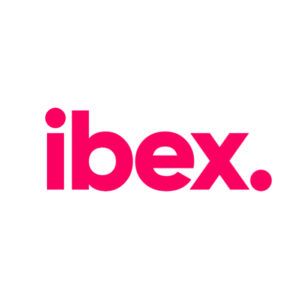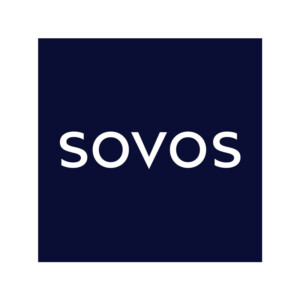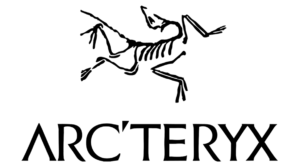Behind every seamless customer experience (CX) lies an invisible network of systems, processes, and people working quietly in the background. Yet, while the back office handles critical tasks — like billing, claims, and order fulfillment — it often remains undervalued and underfunded in CX strategy.
A recent Execs In The Know research report, CX Without Silos: Bridging Front- and Back-Office Operations to Elevate CX, developed in partnership with NiCE, exposes just how crucial these behind-the-scenes operations are to overall satisfaction, loyalty, and growth. The report’s findings reveal a disconnect that many organizations face: back-office excellence is recognized but rarely invested in.
The Disconnect Behind “Good” Performance
Despite 63% of CX leaders rating their back-office performance as good or very good, nearly half report low investment in these operations. Even more striking, only 20% believe their C-Suite fully understands the back office’s impact on CX. This lack of visibility not only limits operational efficiency but also diminishes the potential for meaningful collaboration between teams that directly influence customer experience outcomes.
Frontline agents are often held accountable for customer satisfaction scores, yet their success relies heavily on back-office performance. A delayed refund, an inaccurate invoice, or a fulfillment error — these are back-office issues that directly affect customer trust and perception. When these teams lack visibility, shared metrics, or a voice in CX strategy, the result is fragmented experiences and missed opportunities for improvement.
Turning Awareness Into Action
So, how can CX leaders bridge the gap? It starts with reframing the back office not as a cost center, but as a value driver. This means involving operational leaders early in CX initiatives, creating cross-functional governance councils, and introducing shared KPIs that connect operational health with customer outcomes, such as customer satisfaction (CSAT) and net promoter score (NPS).
Equally important is education, helping senior leaders see the correlation between operational efficiency and customer loyalty. When back-office teams understand their impact and are empowered to share insights, organizations see fewer handoff issues, faster resolutions, and greater alignment across the customer journey.
The AI Advantage
Artificial intelligence (AI) is also reshaping what’s possible. According to Gartner, by 2028, one-third of enterprise software will include agentic AI, automating up to 15% of day-to-day work decisions. For CX leaders, this represents a massive opportunity to connect departments, streamline workflows, and reduce manual effort, creating faster, more consistent customer experiences while empowering employees.
When implemented strategically, AI doesn’t replace the human element of CX; it amplifies it. It helps translate complex operational data into actionable insights that leaders can use to make better decisions, faster.
The Future of CX Collaboration
Ultimately, the path forward is about breaking silos and elevating visibility. Back-office teams are the unsung heroes of CX, and when their expertise is woven into strategy, organizations unlock new levels of innovation and customer satisfaction.
To dive deeper into these findings and explore actionable insights from CX leaders, read the full feature article in the latest issue of CX Insight magazine.





































 TELUS Digital
TELUS Digital ibex delivers innovative BPO, smart digital marketing, online acquisition technology, and end-to-end customer engagement solutions to help companies acquire, engage and retain customers. ibex leverages its diverse global team and industry-leading technology, including its AI-powered ibex Wave iX solutions suite, to drive superior CX for top brands across retail, e-commerce, healthcare, fintech, utilities and logistics.
ibex delivers innovative BPO, smart digital marketing, online acquisition technology, and end-to-end customer engagement solutions to help companies acquire, engage and retain customers. ibex leverages its diverse global team and industry-leading technology, including its AI-powered ibex Wave iX solutions suite, to drive superior CX for top brands across retail, e-commerce, healthcare, fintech, utilities and logistics.






















 Trista Miller
Trista Miller





























